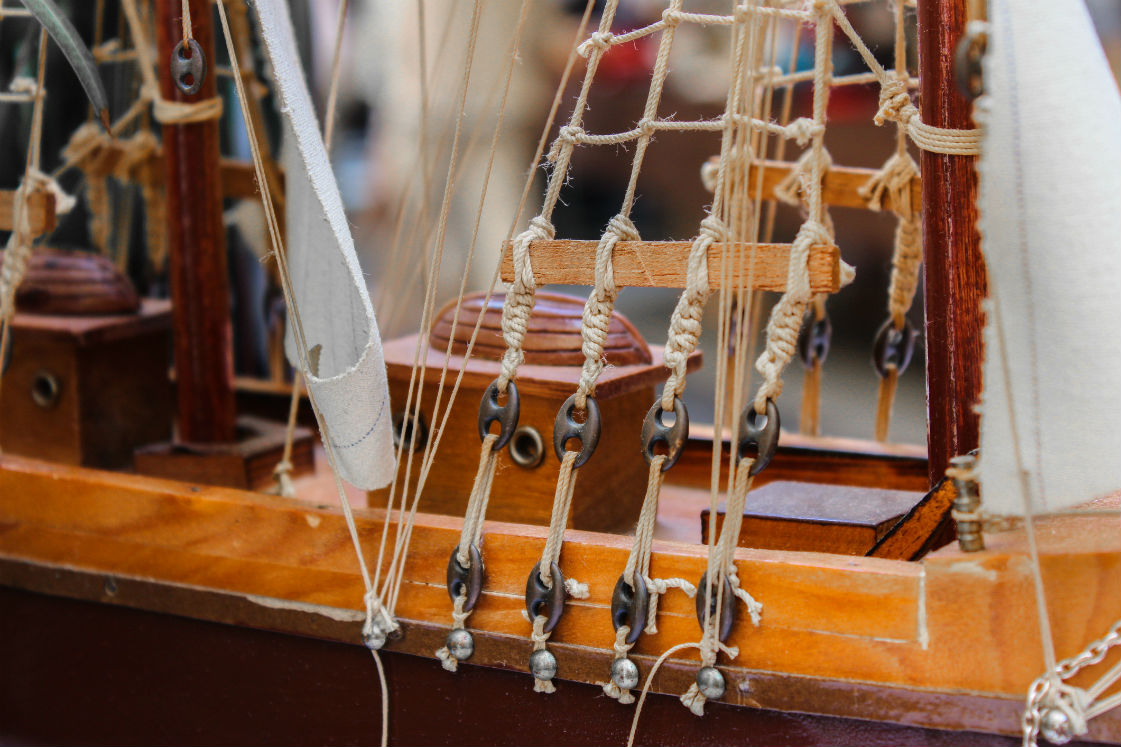Researchers say they have located the ruins of the last ship known to bring slaves from Africa to the United States.
On Wednesday, historical researchers at the Alabama Historical Commission say that the remains of the Gulf schooner (a sailing ship with two or more masts) Clotilda were identified near Mobile — a port city on Alabama’s Gulf Coast.
The vessel was destroyed the year before the Civil War, to hide evidence of its illegal trip, and hasn’t been seen since.
"The discovery of the Clotilda is an extraordinary archaeological find. The voyage represented one of the darkest eras of modern history and is a profound discovery of the tangible evidence of slavery," Lisa Demetropoulos Jones, executive director of the Alabama Historical Commission, said in a statement.
The U.S. officially banned the importation of slaves in 1808, although smugglers continued to sail the Atlantic with slave ships.
According to the Commission: in 1860, the ship illegally transported 110 people from what is now known as the west African country Benin, to Mobile, Alabama. The journey took place more than 50 years after importing slaves was outlawed. The Clotilda then sailed north of the port, but was burned to avoid detection.
The slaves were eventually freed and settled in Africatown, USA. The freed slaves built Africatown in the midst of Jim Crow segregation.
As for the Clotilda, no one knew its location — until now.
The Commission states that the building materials, dimensions and construction of the wreck match those of the Clotilda. The wooden vessel also showed signs of fire.
"It's the best documented story of a slave voyage in the western hemisphere," historian Sylviane Anna Diouf, told National Geographic.
CNN reports the ship is also known to have carried the last enslaved person, a woman named Redoshi, from the US-Africa slave trade. Descendants of slaves that were on this ship will be informed of its discovery.
